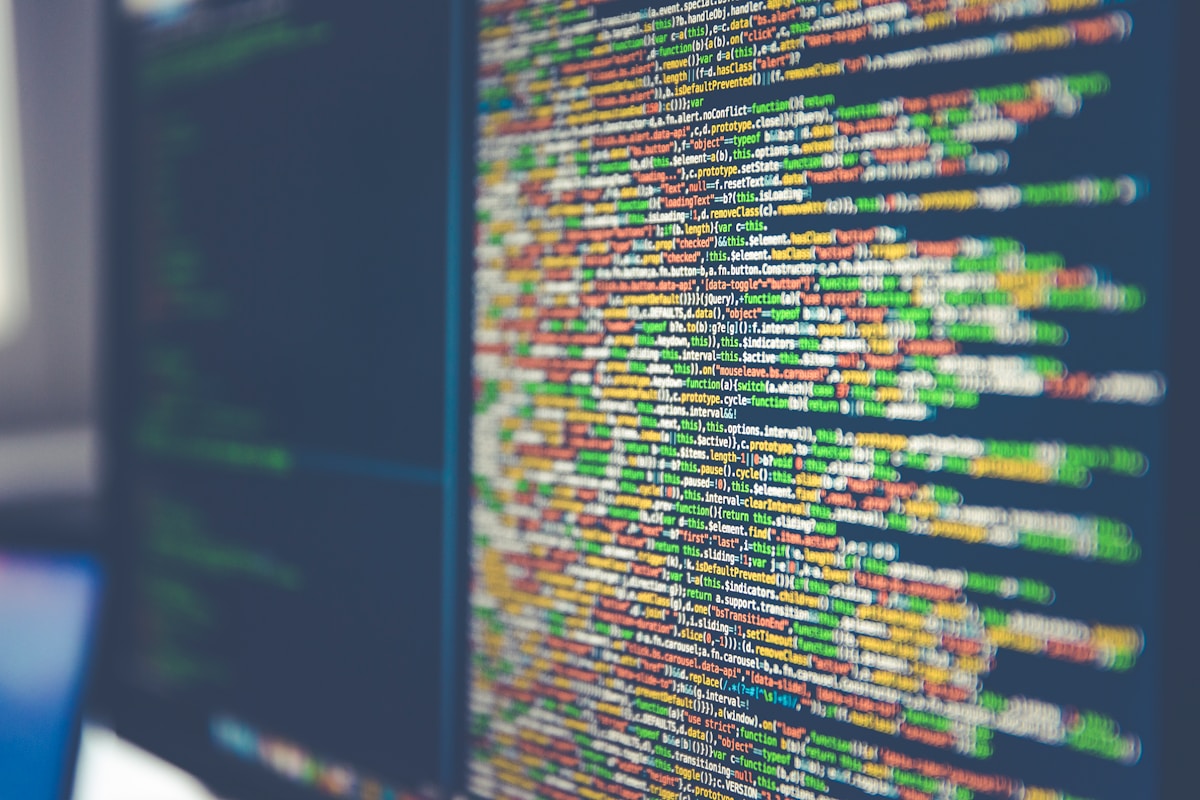A view of the Cooper Color Code for the 21st Century’s 2nd decade
Time to delve just a little further down the rabbit-hole of another sacred industry-cow, the Cooper Color Code.
For those of you who use the “Cooper Color Code” for risk-assessment (and note there’s nothing wrong with this unto itself and keep on trucking if that’s your thing, but…), some things you may not (or may be and ignore anyway) be aware of if passing this on to others as the original intent.
a. It was originally intended to be a mindset tool for lethal-force scenario reaction to escalating violence, not a situational-awareness or threat-assessment one. An escalating in-fight dynamic of thinking-while-fighting (remember “the thinking fighter”…) to assess when the risk of serious injury or death was present or increasing and be able to switch accordingly, applying the gradual or sudden amount of intentional violence needed according to circumstance.
b. That that act, lethal-force, is not nearly as easy as so many industry-people and online-warriors pay lip-service to. Cooper acknowledged that in its inception, it was “…a means of setting one’s mind into the proper condition when exercising lethal violence, and is not as easy as I had thought at first.” It is not easy to end someone’s life, not nearly as easy as Internet cowboys talk. (Note that when I speak of this, I speak not of someone who’s partaken in the act – I have not killed and that should say something – but have assessed, evaluated, and contemplated on it very thoroughly, have been faced with the choice, and had serious damaging intent in a number of high-order events) Talk is cheap, context is a thing, innate human resistance to take another life of the same species too. This is why many, including myself, train what I term “gears.”
As I’ve discussed in a previous entry, we ALL have 2-3-4 extra gears on a sliding-scale when we leave the comforts of our training, every one of us. We can all learn to turn it up on command. We can all crank-up the aggression and intensity. And we all have innately another level of violence within our internal animal when it’s needed. This bears itself out in countless survival stories. With proper context, that act becomes a far greater possibility if needed – an act of situational necessity, not one of impulse, process, or emotion. The question is, can we bring it up when we need to…thus the invention of the color code – an understanding of gear-shifting. That’s a far more profound internal question to ponder and think deeply on than a daily threat-assessment one of daily living.

*Note that I also distinguish heavily between mindset and the vaunted “killer instinct” that many use as a buzzword. I find that killer instinct, as generally used, is the willingness to flick some magical switch and turn from humble, mild-mannered librarian into someone capable of suddenly killing. Generally, a pretty damn unachievable pipe-dream. Mindset is something cultivated over time. With great internal analysis, context, and pre-event assessment giving explicit detail to the when, why, and for what. How one carries or handles oneself daily and ongoingly with a clear contextual framework and having adapted that mindset to one’s perceptual filters – nature, nurture, higher-calling/greater-place, experience, knowledge/education, capability, training, etc. One simply cannot develop the first without factoring in the second. You are who you are and that does not change suddenly. Just as one doesn’t suddenly become capable of being cruel to animals, creating a Ponzi scheme, or faking it until you make it. It was either there or it wasn’t in some way, shape, or form. I am not a Jekyll-Hyde theorist.
c. That the creator himself was heavily against the use of the model as a risk-assessment one, though admitted that the other use of the model was not necessarily wrong, just that (paraphrasing) it wasn’t what the original model was intended upon creation. He also made reference to the idea that the combative mindset was not impacted or directed by the amount of danger perceived or present at the time of assessing. It’s one’s ability to overcome psychological resistance, innate restraint, nurture/nature, spiritual-belief, cultural taboos & social-stigmas, affected states…. Inevitably those perceptual filters…again. (and again, and ag….)

Cooper’s words in 2005, roughly a year before his death:
“In White you are unprepared and unready to take lethal action. If you are attacked in White you will probably die unless your adversary is totally inept.
In Yellow you bring yourself to the understanding that your life may be in danger and that you may have to do something about it.
In Orange you have determined upon a specific adversary and are prepared to take action which may result in his death, but you are not in a lethal mode.
In Red you are in a lethal mode and will shoot if circumstances warrant.”So, moving on, some downsides of the utilization of a situational-awareness model (as it is so often used, at least, from irresponsible regurgitators) pre-violence over an escalating-force one mid-violence:
1. Hyper-vigilance: over-taxing system/exhaustion, long-term health risks, unfocused attentiveness to loved ones present, agitation, paranoia, prolonged anxiety, and sleep issues. After over-excess one might become disconnected from normal society and suffer from the same long-term health risks as uber-stress, anxiety- and nervous-disorders.
2. As we’ve discussed here, it’s accepted in some circles that we operate with dual-systems intrinsically. One (system 2) that is soft-wired: assessing, deducting, analyzing, rationalizing, deciding, hypothesizing, etc. (trained, experienced, exposed, learned, educated) One (system 1) that is like a hard-wired response to spontaneous, quick-need, immediate-circumstance situations where best-outcome/highest-chance/good-enough solutions are demanded. (evolutionary, innate, natural, inbred)
This system 1 response is a built-in warning or alert that lets us know when and if something is off and intimate something is amiss, in need of attention, or worth assessment for risk, threat, danger, conflict, or violence. By being hyper-vigilant, there’s also a risk present of dulling this system 1 and choosing to see everything, desperately looking for something odd, curious, or out-of-place instead of being alerted to something authentically of concern. Translation? We’re so intense on what could, might, may be there that we may actually miss the actual things that may be important in the background. So, in a nutshell, NOT “always, forever, and inevitably” BUT “when, until, and if.” We are constantly in self-defence trying to re-invent the wheel, overwrite evolution, make things better that are there for a very precise reason and have kept as alive over the centuries from far more determined predators than we generally have now.

3. Being so constantly tuned-in when we’re with loved ones all the time worried about their constant and perpetual safety will distract from what is actually important – enjoying our time with those very loved ones. Remember, as we’ve repeated on this blog over-and-over, one can split attention but not focus. Our focus should be on those very loved ones so as not to waste a minute of our time attentive to the unnecessary and irrelevant, waiting for something that may never come. Even from an industry-perspective, one CAN be split-attentive. One cannot be split-focused. Again, somewhat repeating the above, If you are focusing on what’s NOT there consistently, you WILL NOT be on the thing that is. That’s the danger of incessantly looking at things that aren’t present or existent…constantly, it gradually tunes you out to the thing that eventually may be that actually is of-importance. Contemplate on that for a time. Be split-attentive on things that warrant it, not focused on things that aren’t.
4. An add-on to being hyper-vigilant is the actual fact that you likely draw much unwanted attention by actually being in the state itself. Anxious, paranoid, uber-aware, on-guard, scoping people and situations out – will likely do the exact thing you do not want: draw gazes. If you’re scoping everyone else out, there’s rarely a doubt that the attentive-eye also does the same with you, now searching for the same things you’re looking for – but with more ominous intent. They notice things that stand-out as well. I find simply walking confidently, acting calm, moving with intent, and projecting that I’ve been at the races a few times is generally a far greater deterrent than acting jacked-up and tuned-in incessantly. You’re not acting comfortable, calm, and in-control when you’re hyper-vigilant, it’s simply not possible. I’ve tried and generally found far more trouble than I was trying to discourage.
5. “Situational awareness” is rapidly becoming a redundant industry-buzzword akin to “tactics.” Pre-incident indicators. Body language. Micro-expressions. Flinching. Restaurant seating positions. Strategic body-positioning. Jesus. Over-significance on the insignificant. Be in the moment. When. Until. If. The current utilization of the Color Code adds to this and gives it greater credibility when many in the industry are trying to downplay its significance already.

It’s also uber-important to have transferable tools in a holistically-diverse toolbox, and I believe in having a well-rounded full life over one-dimensionality. So, IF this was intended as lethal-violence model and not a situational-awareness one, AND the odds of us facing lethal-violence with ongoing regularity in our daily lives are rare if for many non-existent, I like to play with the idea of these models having viability in other, more occurring areas of my current life. Where else could the color code fit? Or is it a one-dimensional mindset tool? If it is indeed mindset-directed, the levels of intensity or commitment would seem to relevant to almost everything in life that have a focused intensity to accomplish and mission-statement with which to do so.
To me, one of the major elements of all these models – dual-systems processing, perceptual filters, the OODA Loop, the Color Code & gears, man vs. system, heuristics, flow, aviation and driving allegories, the adaptability/critical-thinking/momentary decision-making/resiliency – ALL interact with, off-of, and in a vast process of behavioral components to achieve one thing, performance-capability. Every one has its own cog in the wheel and contributes synergistically and symbiotically in the whole of that capability, whether it’s success, best-outcome, good-enough result, excellence, or whatever the appropriate end-goal, which is determined by circumstance, scenario, or situation.
While it may not seem like an important thing in the whole, understanding that none of these works independently from the others as stand-alone entities, and knowing that they all interact in some extremely important way, is a far more important clarity than compiling some vast amount of techniques, moves, sequences, or tools. They are inter-dependent…not independent.
